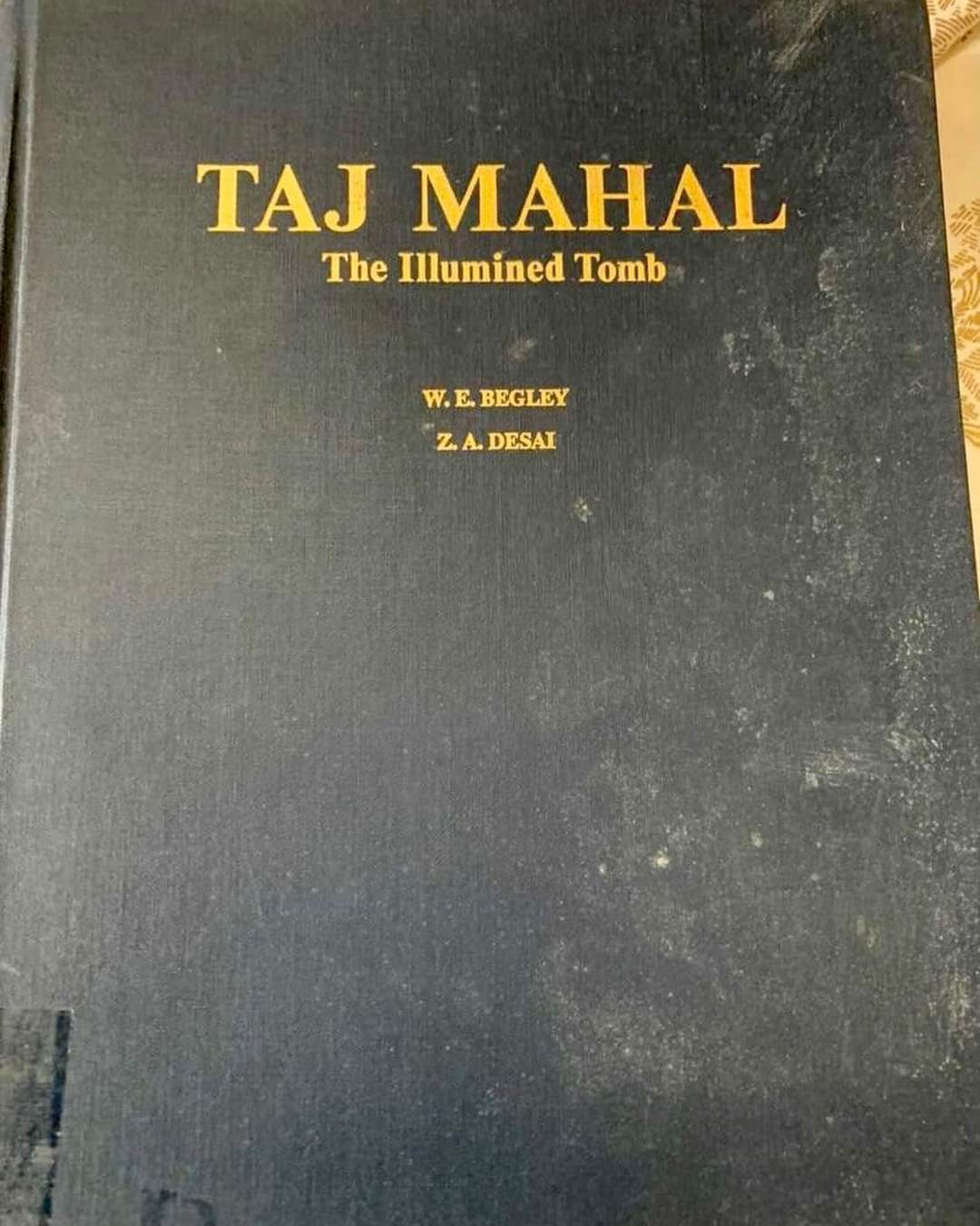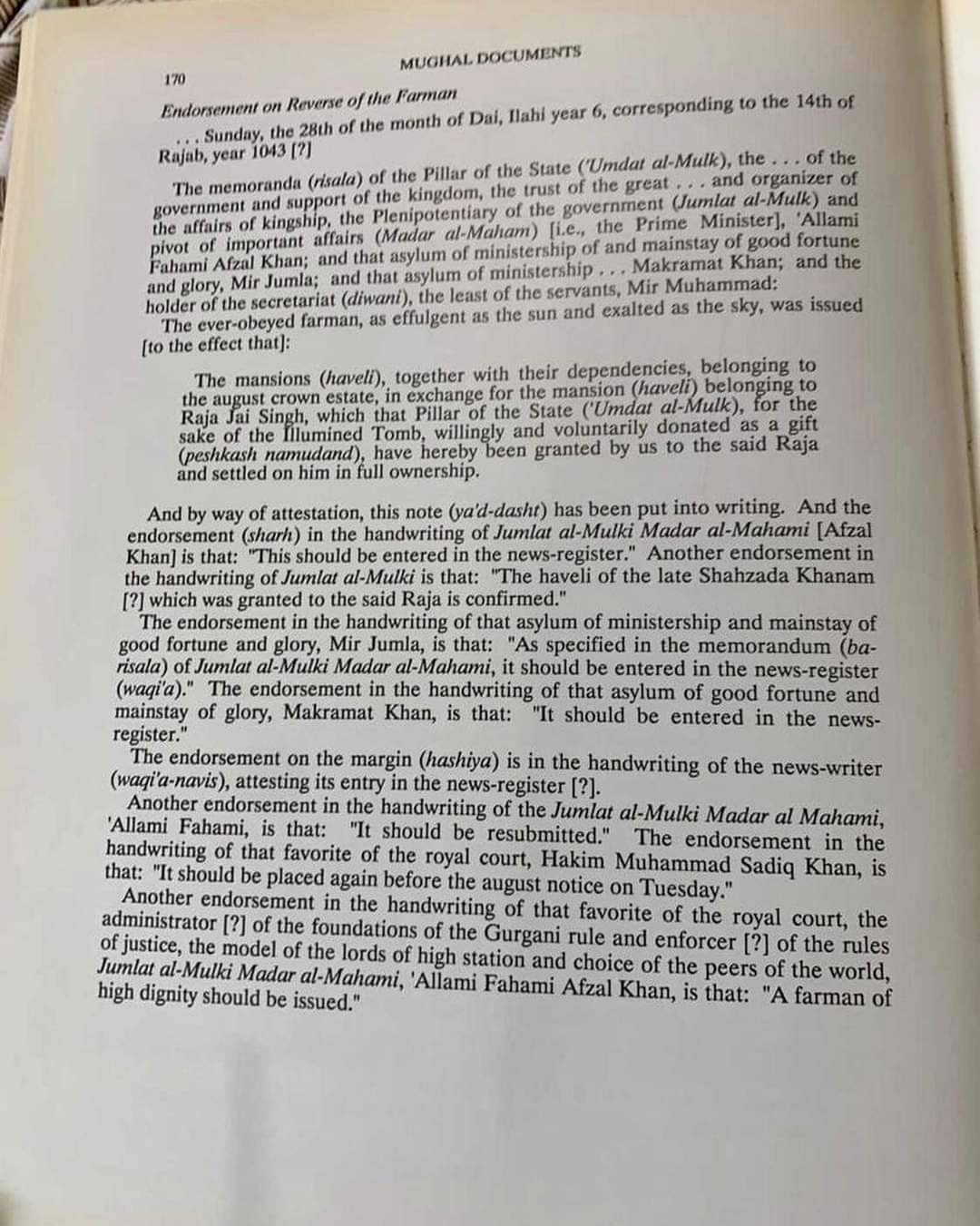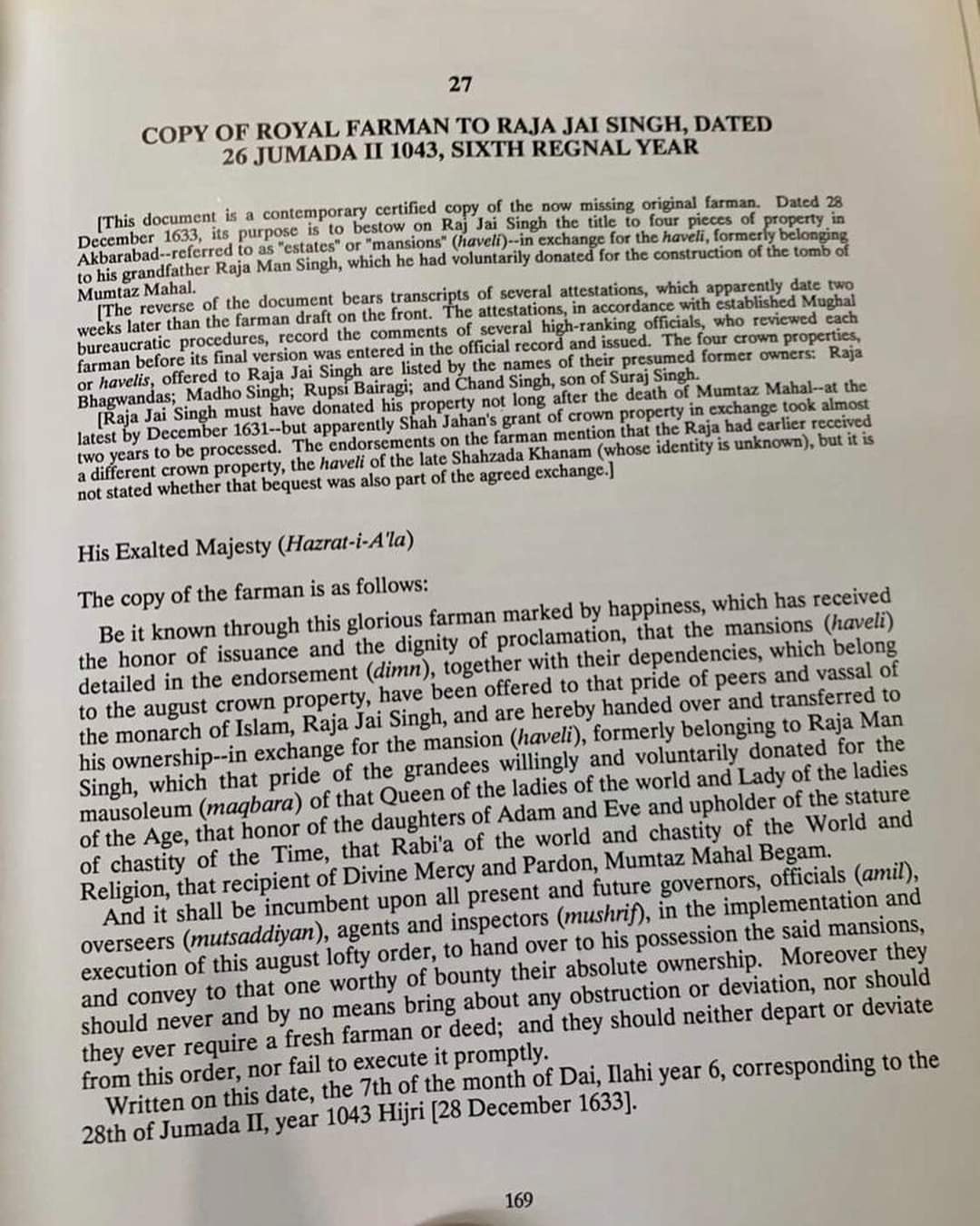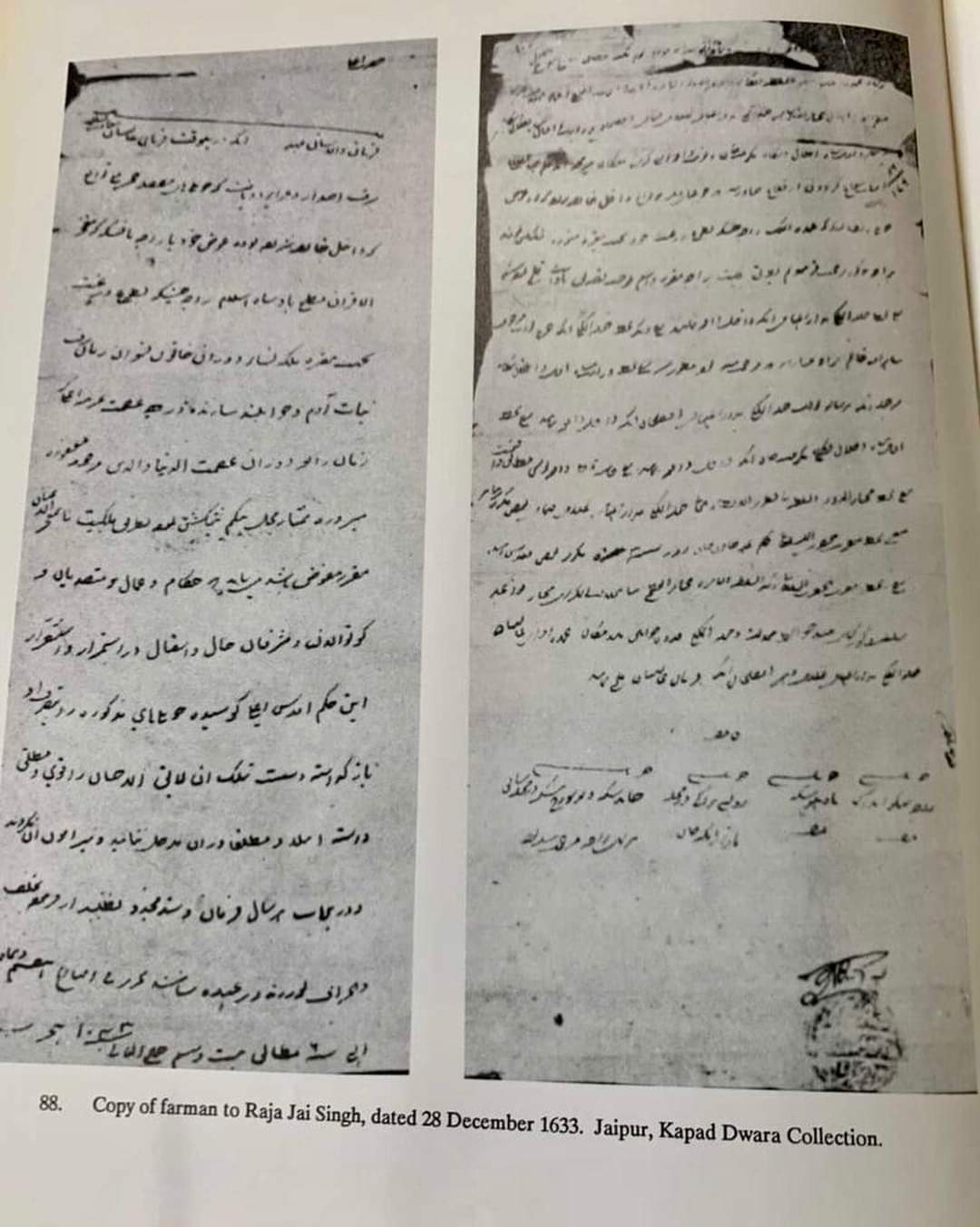Amidst the clamour for restoration of Hindu temples that were allegedly razed and desecrated to build mosques, one must never give in to versions of history manufactured and promoted by vested interests in order to drive a wedge between two communities that actually have a rich history of coexistence.
Day after the Supreme Court turned down an petition to open locked rooms at the Taj Mahal, asking the petitioner to “get a Ph.D” instead, an old document has emerged that showcases how Mughal kings had actually given back properties of Hindu kings at one point.
A document dated December 28, 1633, has emerged that showcases how Emperor Shah Jahan, who was at that time still in the process of building the Taj Mahal, had restored the lands and properties of Hindu King Jai Singh due to the goodwill gesture of donating a haveli (mansion) belonging to his grandfather Raja Man Singh for the construction of the mausoleum.
Mumtaz Mahal had died of post-partum complications following the birth of her 14th child in Burhanpur on June 17, 1631 She was buried temporarily in Burhanpur itself and the body was moved to a small building on the banks of the Yamuna in Agra in December 1631. The Taj Mahal was built over 20 years and served as her final resting place. Shahjahan too was buried next to his beloved wife at the Taj.
The document that showcases how Mughal rulers returned the lands and properties taken from their original owners, the Hindu rulers, is a farman that bestows upon Raja Jai Singh the ownership of four properties in Akbarabad. A translation of this farman that appears on page 171 of the book titled Taj Mahal: The Illuminated Tomb, authored by WE Begley and ZA Desai, reads as follows:
“Be it known through this glorious farman marked by happiness, which has received the honour of issuance and the dignity of proclamation, that the mansions (haveli) in the detailed endorsement (dimn), together with their dependencies, which belong to the august crown property, have been offered to that pride of peers and vassal of the monarch of Islam, Raja Jai Singh, and are hereby handed over and transferred to his ownership – in exchange for the mansion (haveli) formerly belonging to Raja Man Singh which that pride of grandees willingly and voluntarily donated for the mausoleum (maqbara) of that Queen of the ladies of the world, Lady of the ladies of the Age, that honor of the daughters of Adam and Eve and upholder of the stature of chastity of the Time, that Rabi’a of the world and chastity of the World and Religion, that recipient of Divine Mercy and Pardon, Mumtaz Mahal Begum.”
An endorsement on the back of the farman says:
“The mansions (haveli), together with their dependencies, belonging to the august crown estate, in exchange for the mansion (haveli) belonging to Raja Jai Singh, which that Pillar of the State (‘Umdat-al-Mulk), for the sake of the Illuminated Tomb, willingly and voluntarily donated as a gift (peshkash namudand), have been hereby granted by us to the said Raja and settled on him in full ownership.”
The pages may be viewed here:




This showcases two things:
1) The haveli that was given for the purpose of building the tomb, was donated willingly by Raja Jai Singh’s family.
2) Emperor Shahjahan restored Jai Singh’s other estates in exchange for this haveli.
These two elements are significant, especially in light of the recent temple-mosque controversies such as Gyanvapi Mosque that is built adjacent to the Kashi Vishwanath temple that was razed by Shah Jahan and Mumtaz’s son Aurangzeb.
The Hindutva right-wing extremist groups that have been overactive on Whatsapp groups and Twitter have been busy spreading hate by presenting only one side of Mughal history – the cruelty of Aurangzeb. But they have never showcased the camaraderie between Mughal and Rajput kings, or how inter-faith marriages were common at the time, making Hindus and Muslims each other’s kin. They only talk about how lands of Hindu kings were conquered or usurped by “Muslim invaders”, but never talk about how many Hindu Kings willingly formed alliances with Mughals to vanquish common enemies, as this was a political matter and had little to do with religion.
The famous Ganga-Jamuni tehzeeb that was born in what we now call the state of Uttar Pradesh, has been the bedrock of India’s plural and syncretic culture – Hindus and Muslims forming the warp and weft of the nation’s rich socio-cultural fabric.
Related:
Wah Taj! Busting the many conspiracy theories about the monument that represents India